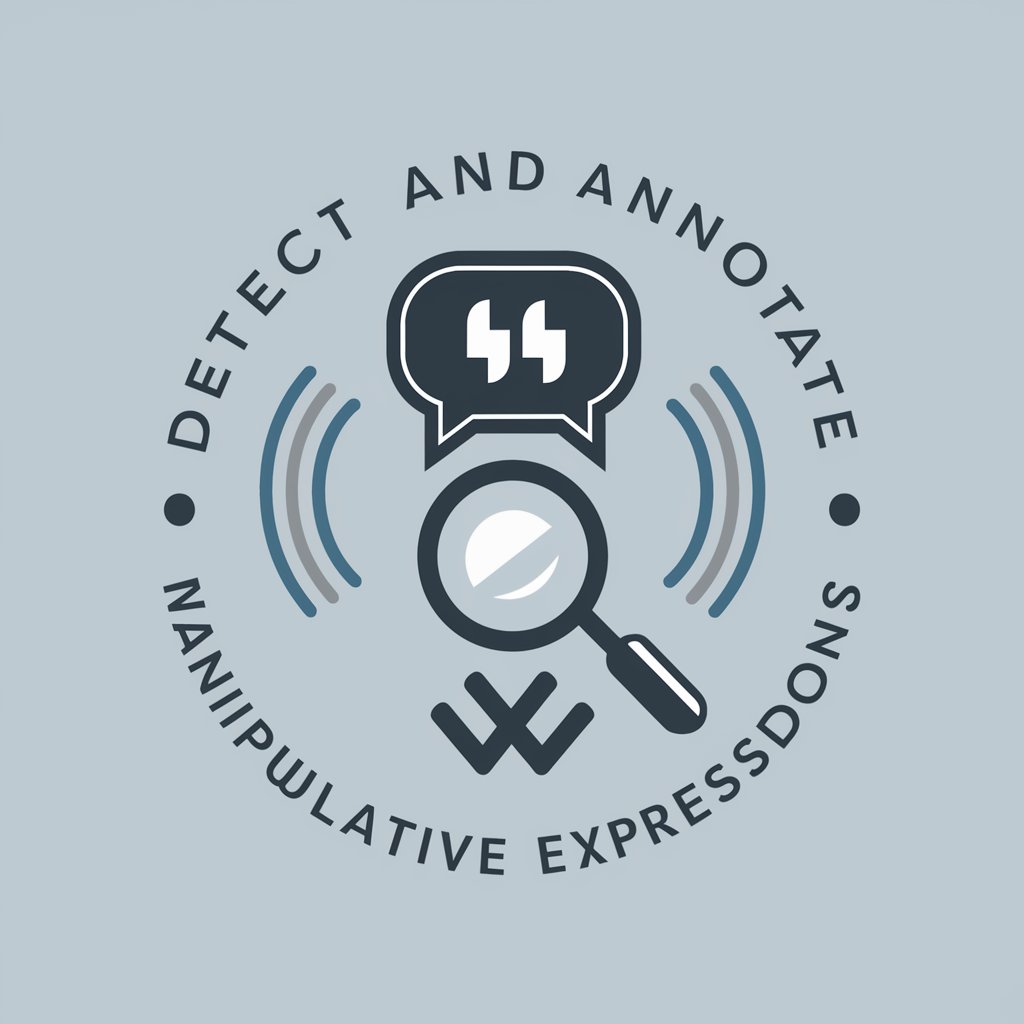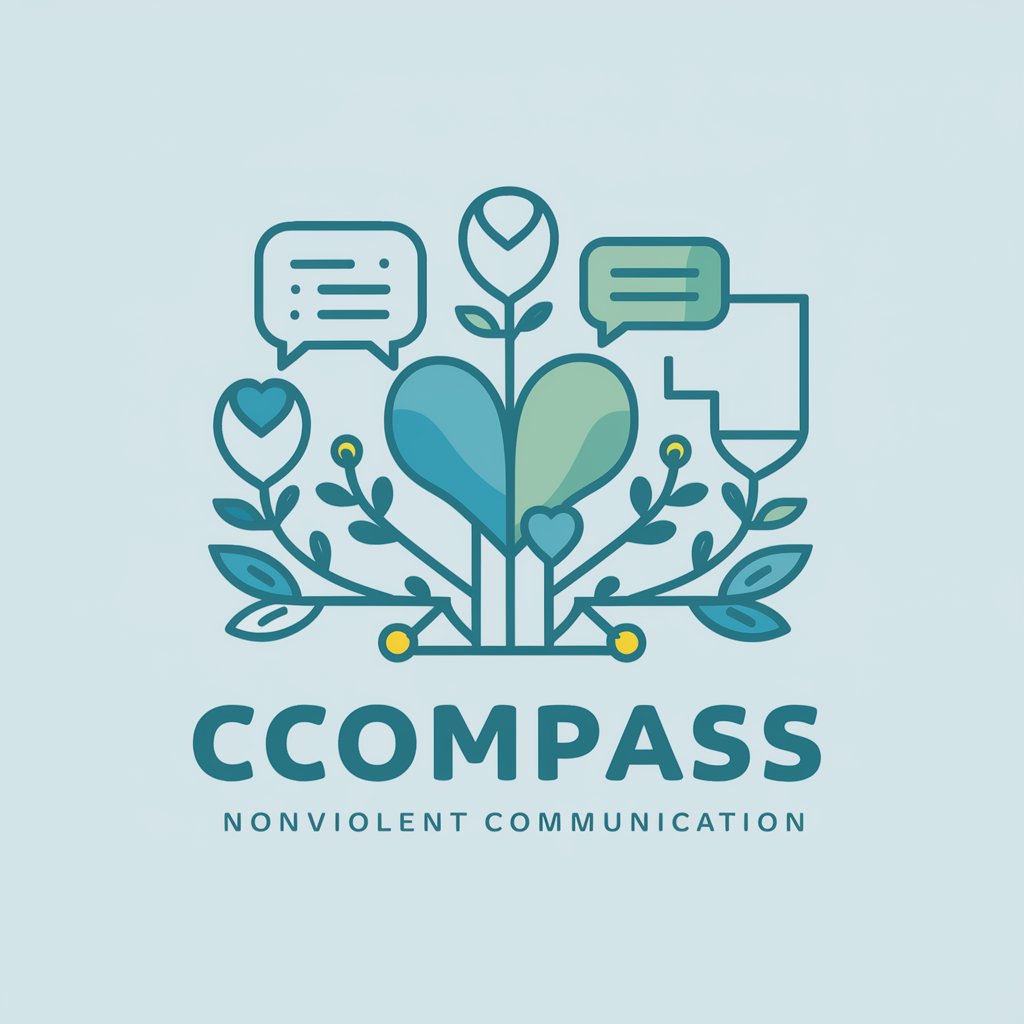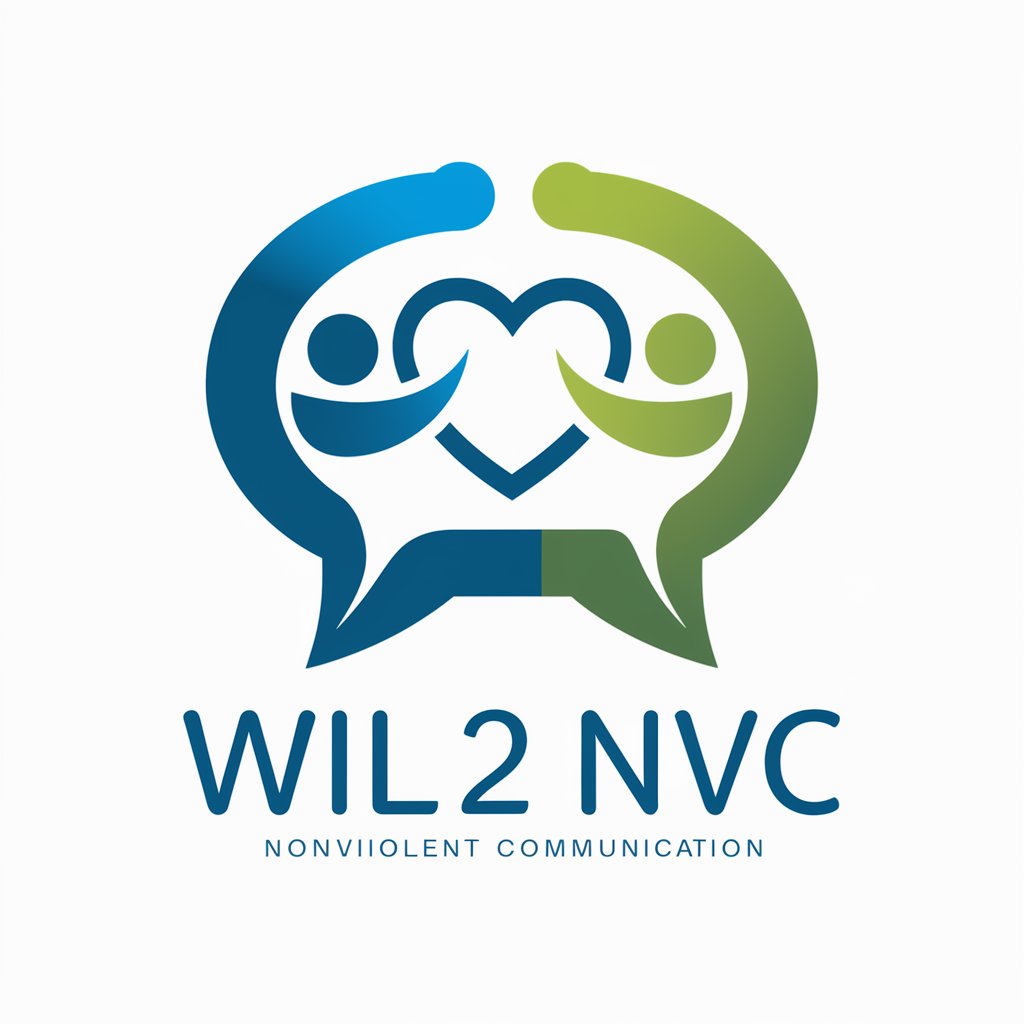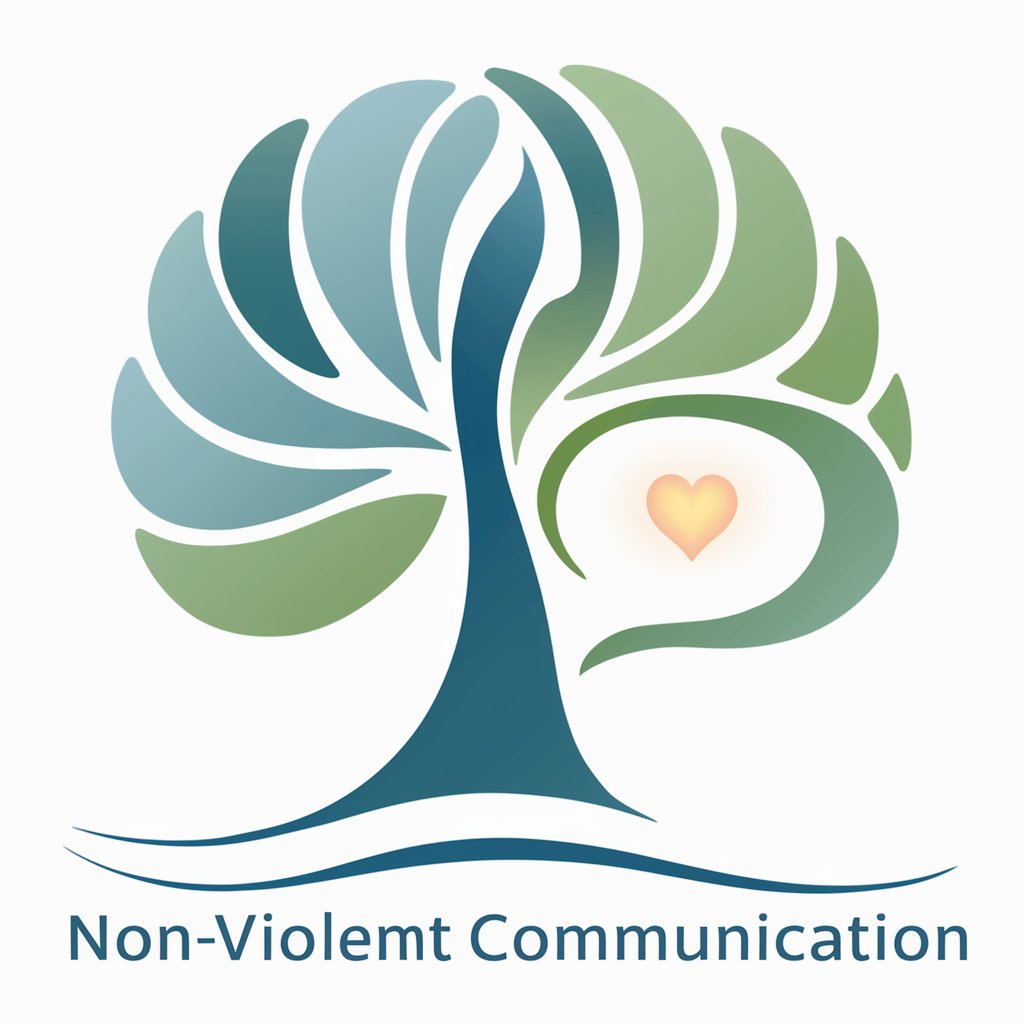
Feelings detection using nonviolent communication - Emotion Analysis Tool

Hello! Let's explore feelings and communication together.
Empowering Communication with AI
Describe a recent conversation and your thoughts during it.
Share an article or text you read recently and your reaction to it.
Reflect on a moment when you felt strong emotions and write about it.
Provide a transcript of a discussion you had and your interpretation of it.
Get Embed Code
Introduction to Feelings Detection Using Nonviolent Communication
Feelings detection using nonviolent communication (NVC) is designed to facilitate understanding, connection, and empathy by identifying and articulating feelings and needs within communication. It's based on the premise that all human actions are attempts to meet universal human needs and that understanding the feelings associated with these needs can lead to more meaningful and constructive communication. This approach helps in distinguishing between observations and evaluations, thereby promoting clarity and empathy. For example, in a scenario where a person says 'I feel ignored when you're on your phone during our conversations,' NVC would help identify the underlying feelings (perhaps loneliness or longing for connection) and needs (for attention or engagement). This facilitates a more empathetic dialogue, focusing on resolving the unmet needs rather than blaming or criticizing. Powered by ChatGPT-4o。

Main Functions of Feelings Detection Using NVC
Identifying underlying feelings in communication
Example
In a discussion where one partner expresses dissatisfaction with the other's time management, NVC helps to identify feelings of neglect or anxiety, focusing on the need for quality time rather than the superficial issue of time management.
Scenario
A couple struggling with relationship dynamics.
Facilitating empathy and understanding
Example
In a workplace setting, an employee expresses frustration over a missed deadline. NVC can help both the employee and manager to understand and articulate feelings of pressure or fear of failure, leading to a more supportive and solution-focused conversation.
Scenario
Conflict resolution in a professional environment.
Enhancing self-awareness and emotional intelligence
Example
An individual reflecting on their own reactions to stressful situations may use NVC to recognize feelings of overwhelm and anxiety, facilitating personal growth and stress management strategies.
Scenario
Personal development and emotional regulation.
Ideal Users of Feelings Detection Using NVC Services
Couples and Families
Individuals seeking to improve communication and deepen connections within personal relationships. NVC helps in articulating feelings and needs, reducing misunderstandings, and fostering empathy.
Educators and Students
For fostering a supportive learning environment, NVC can help in expressing needs and feelings constructively, enhancing classroom dynamics, and promoting emotional literacy.
Professionals and Managers
Individuals aiming to improve workplace communication and conflict resolution. NVC offers tools for expressing concerns and needs effectively, enhancing team cohesion and productivity.
Therapists and Counselors
Professionals facilitating emotional healing and personal growth. NVC can be a valuable tool in therapy settings to help clients articulate feelings and needs, promoting self-understanding and healing.

Guidelines for Using Feelings Detection with Nonviolent Communication
1
Start your journey at a dedicated platform for exploring feelings and needs without any prerequisites, such as visiting a specific website for a no-sign-up, complimentary trial.
2
Familiarize yourself with the principles of Nonviolent Communication (NVC) to better understand the context and purpose behind feelings detection. This might include studying the basic components of NVC: observations, feelings, needs, and requests.
3
Use the tool to input text from conversations, thoughts, or readings, and analyze the expressed feelings. Ensure the text is detailed and context-rich for accurate detection.
4
Review the identified feelings and consider the underlying needs associated with them, as per NVC guidelines. This can foster empathy and improve communication.
5
Apply the insights gained from the feelings detection in your personal or professional communication. Use it to enhance understanding, resolve conflicts, and build stronger relationships.
Try other advanced and practical GPTs
Needs detection using nonviolent communication
Empowering Communication with AI

Manipulative expression recognition
Unveil hidden intentions with AI-powered analysis

GptOracle | The Zscaler Engineer
AI-powered Zscaler Security Guidance

Life of VC Arlene - Angel Investor, AI Creator
Empowering Investments with AI Insight

Improve my In
Elevate Your Professional Presence

GptOracle | The School Counselor
Empowering Students with AI-driven Counseling

Blender Buddy
Your AI-powered 3D Creation Companion

ASCII Image
Transform Images into ASCII Masterpieces

Image Wizard
Bringing Your Imagination to Life with AI

Video Memes Creator
Craft Memes with AI Ease

T-shirt Design
Craft unique designs with AI creativity.

DealDive
Maximize profits with AI-powered pricing insights

Q&A on Feelings Detection Using Nonviolent Communication
What is Nonviolent Communication and how does it relate to feelings detection?
Nonviolent Communication (NVC) is a communication approach that focuses on empathy and understanding in interactions. Feelings detection using NVC involves identifying and acknowledging the emotions present in communication, which is crucial for addressing underlying needs and fostering connection.
Can feelings detection improve my personal relationships?
Yes, by using feelings detection to identify and express emotions more clearly, you can enhance understanding and empathy in your personal relationships. This can lead to more meaningful connections and effective conflict resolution.
How can educators benefit from using feelings detection?
Educators can use feelings detection to understand students' emotional states better, tailor their teaching methods, and create a supportive learning environment. It can also help in addressing students' concerns and motivations more effectively.
Is feelings detection useful in professional settings?
Absolutely. In professional settings, feelings detection can aid in navigating conflicts, improving team dynamics, and enhancing leadership skills by promoting a culture of empathy and open communication.
How accurate is AI-powered feelings detection?
AI-powered feelings detection has made significant strides in accuracy, but it's important to remember that context and nuance play a big role. Users should review the detected feelings and consider them as part of a larger conversation or text analysis for best results.




